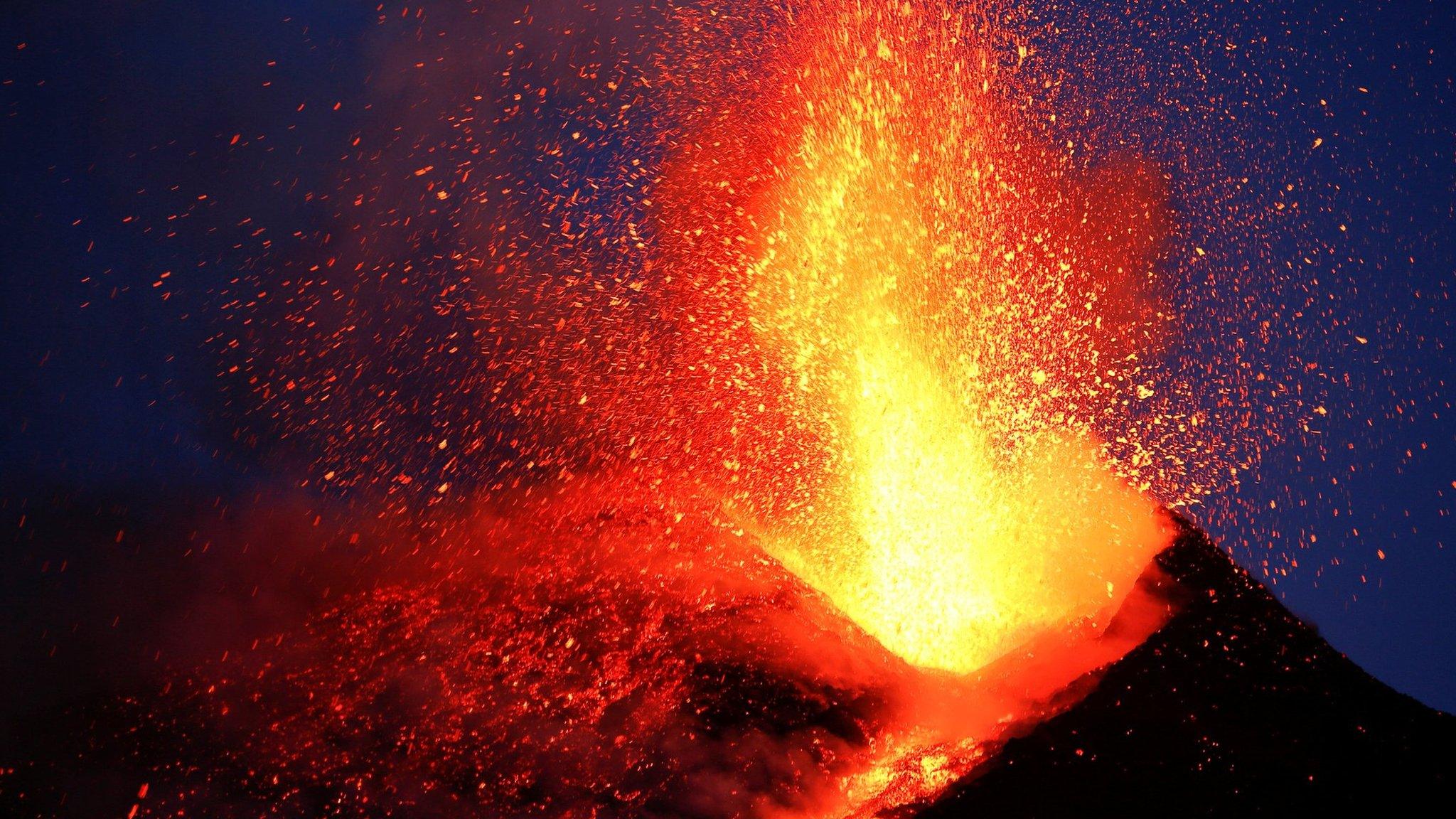New map shows Venus is home to more than 85,000 volcanoes
- Published
- comments

Lava flows from Maat Mons, a 5-mile-high volcano located on the planet Venus
Venus is known to be home to many volcanoes - but scientists have now discovered there are more 85,000 on the planet.
It almost 50 times more than past surveys had counted!
Nasa made the discovery thanks for a new map, created using radar imagery collected during its Magellan mission in the 1990s.
The Magellan spacecraft made the first global map of the surface of Venus as well as global maps of the planet's gravity field.
Data from the mission had previously helped scientist to confirm that there were indeed active volcanoes on the planet's surface.
What did the Magellan mission data reveal about the volcanoes on Venus?
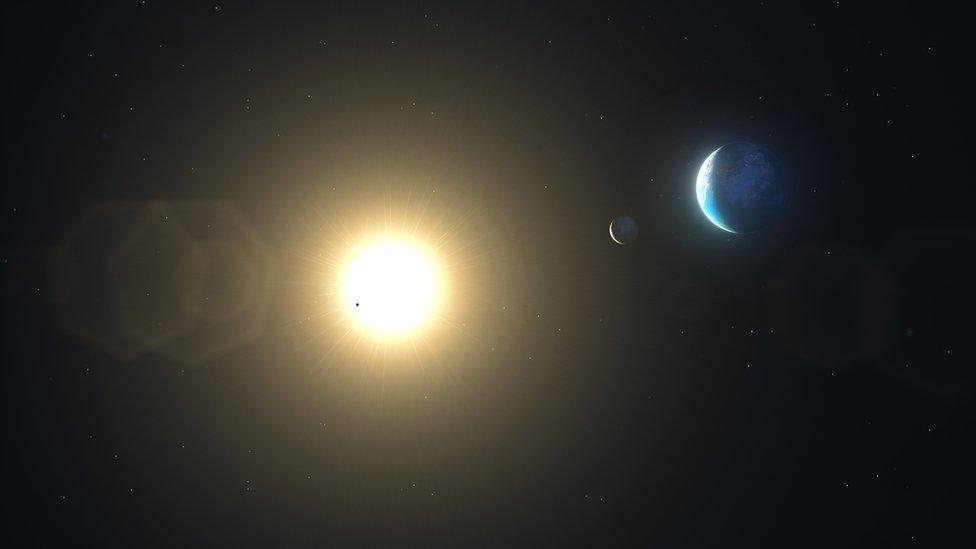
Venus is the second planet from the Sun and Earth's closest planetary neighbour
Around 99 percent of the volcanoes mapped are less than 3.1 miles wide, which is considered pretty small.
This helps to explain why many of them had gone unseen until now.
Another reason is because the team now have access to software that wasn't available when the Magellan data first became available, which has made it easier for then to spot the much smaller volcanoes.
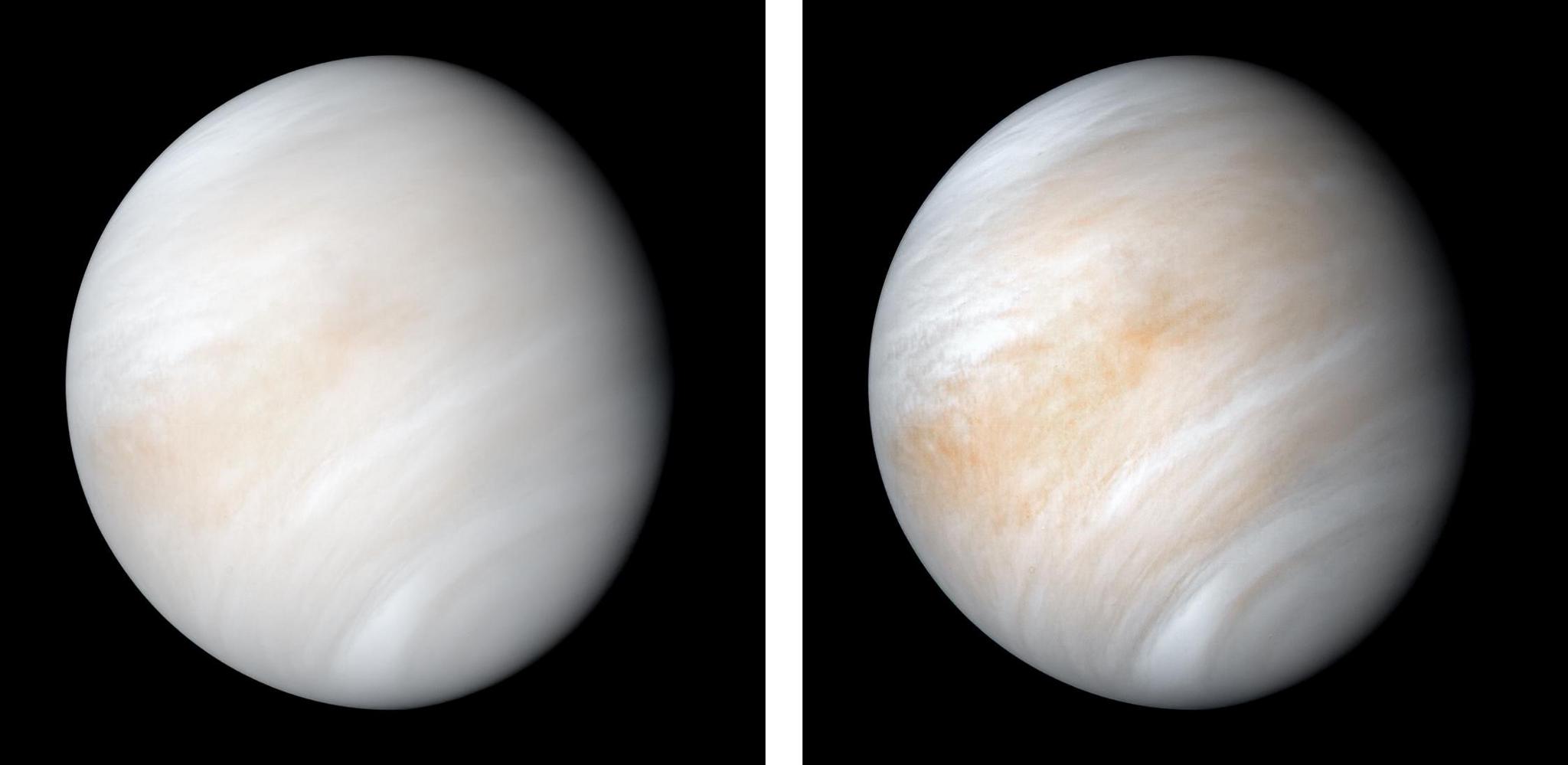
The experts think there could be far more, even smaller volcanoes under across Venus's surface, which may become visible with more modern imaging equipment.
Earth is known to have around 1,500 volcanoes but many are thought to be hidden underneath the oceans, so the real number is likely to be much higher.
Whereas with Venus all volcanoes are on the surface which means they are much easier to uncover.
NASA and the European Space Agency are both preparing missions to Venus, to be able to understand more about the planet.
If you can't see the quiz, click here.
Nasa's Davinci+ mission is expected to return the first high resolution images of the planet's "tesserae" geological features.
Its second mission, Veritas will map the planet's surface to understand its physical history and investigate how it developed so differently than Earth.
Both missions will take place between 2028 and 2030.
European Space Agency (ESA) will also launch its own mission called EnVision in the early 2030s.
The aim of EnVision is to orbit Venus, using instruments to get a deeper look at the planet, investigating layers within the planet, analysing the planet's gases and atmosphere, as well as its structure and gravity field.
- Published20 March 2023
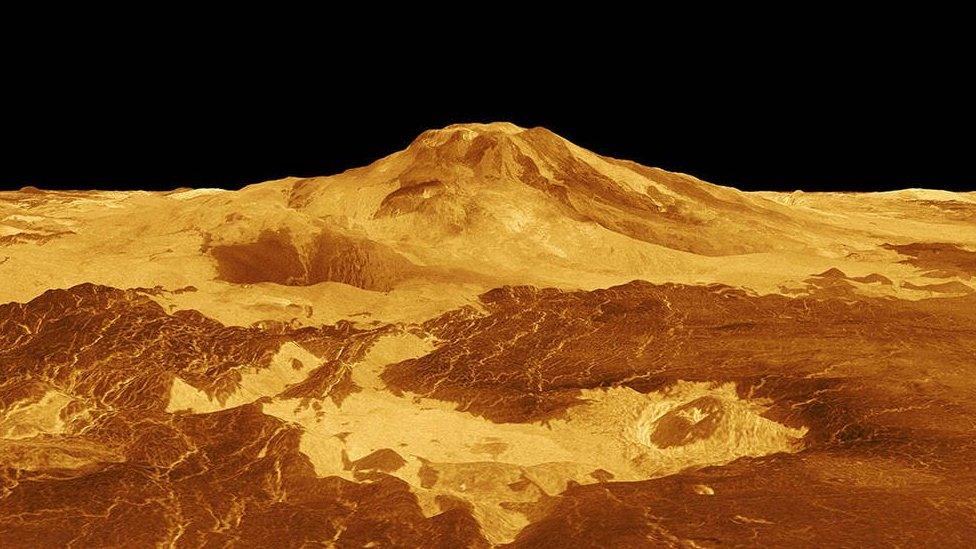
- Published16 February 2023
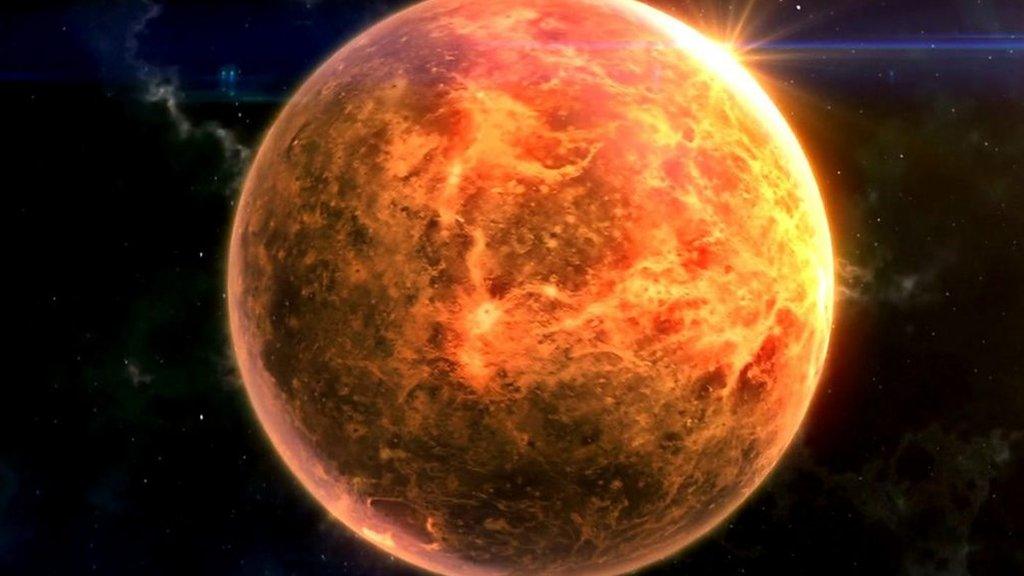
- Published16 April 2021
